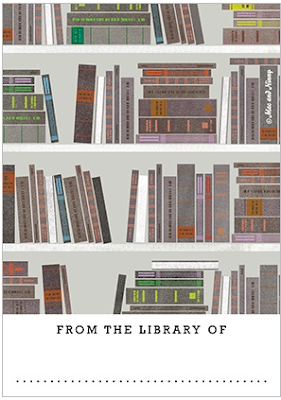| It is difficult to believe in today's social marketing climate that these small poster stamps were once considered a very popular form of advertising, but during the first half of the last century, stamps were used to advertise everything from bicycles, expositions, printing, to sewing machines (as you will see below). In the world of stamp collecting, they are referred to as cinderellas, as they are not government issue postal stamps. They were often affixed to mailing envelopes however, and given away as promotions to encourage people to collect entire series. Their artwork was prized for being miniature posters and collector clubs sprang up across many countries. Today the collecting frenzy continues, and they are still considered affordable and desirable. With rare exceptions you will find costs vary between $1 to $5 at paper shows in the states, but you can purchase them in large lots if you aren't particular about the subject matter. On one of my recent visits to a local paper show I found this 1931 Hungarian poster stamp advertising the 700th anniversary of St. Anta—my favorite of the bunch here. It inspired me to dig deeper for more initials on advertising stamps, which proved to be a difficult challenge. My search revealed only two others in this group, while others required a more ambitious digital dig. |














-Tauba-Auerbach-large.jpg)
-Tauba-Auerbach-large.jpg)

-Tauba-Auerbach-large.jpg)

































